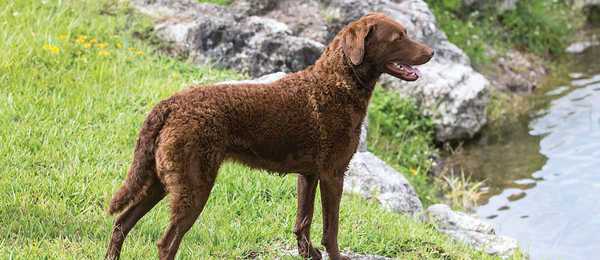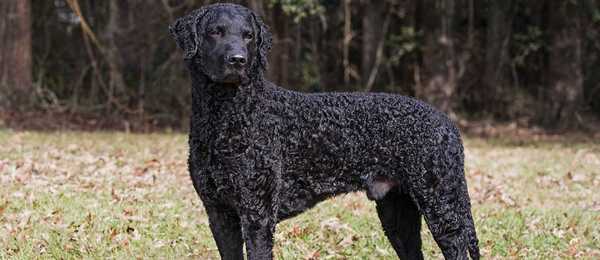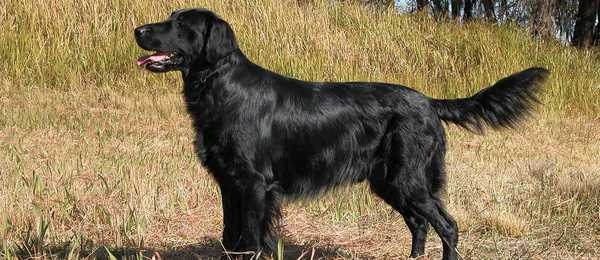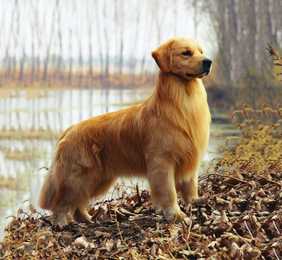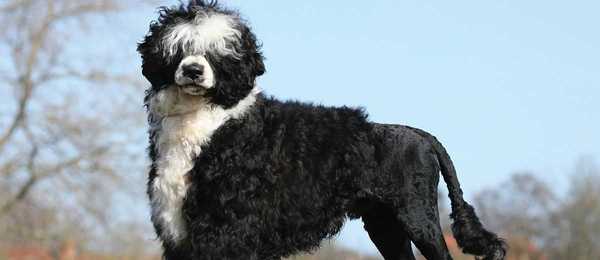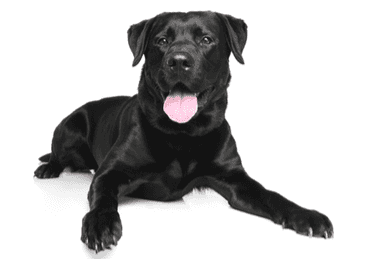
Labrador Retriever Dogs & Puppies
View Adoptable Pets for This Breed

Traits and Characteristics
type
weight
height
family
The Labrador is a moderate dog, not extreme in any way. It is square or slightly longer than tall, of fairly large bone and substance. The breed's broad head and strong jaws enabled the dog to carry the largest game birds, such as Canada geese. A heavy body and strong legs enable the dog to swim and run powerfully. The coat, which is short, straight, and dense with a soft undercoat, is weatherproof and helps to protect it from icy waters. The Lab is a working retriever and possesses style without over-refinement, and substance without clumsiness.
Ready to see what dogs fit you best? Take our short quiz to find out!
Energy Level
Exercise Requirements
Playfulness
Affection Level
Friendliness to Dogs
Friendliness to Other Pets
Friendliness to Strangers
Watchfulness
Ease of Training
Grooming Requirements
Heat Sensitivity
Vocality
Disclaimer: While the characteristics mentioned here may frequently represent this breed, dogs are individuals whose personalities and appearances will vary. Please consult the adoption organization for details on a specific pet.
Temperament
Few breeds so richly deserve their popularity as does the Labrador Retriever. When trained, the breed is obedient and amiable and tolerates the antics of children, other dogs, and other pets. The Lab is a calm house dog, playful yard dog, and intense field dog, all on the same day. Labs are eager to please, enjoys learning, and excel in obedience. It is a powerful breed that loves to swim and retrieve. Labradors need daily physical and mental challenges to keep occupied. A bored Lab can get into trouble! The Labrador’s hunting instinct can drive a dog to roam, so training and a safe yard are needed.
Upkeep
Labradors are active and sociable dogs. They need daily exercise, preferably in the form of retrieving and swimming. Owners with swimming pools either must fence them out or be prepared to share the pool with dogs. The Lab coat sheds water easily. Weekly brushing is needed to remove dead hair.
Health
- Major concerns: CHD, elbow dysplasia, OCD, obesity, patellar luxation
- Minor concerns: cataract, CPRA, hot spots, retinal dysplasia, hypothyroidism
- Occasionally seen: diabetes, entropion, distichiasis, tricuspid valve dysplasia, centronuclear myopathy, exercise-induced collapse
- Suggested tests: hip, elbow, eye, exercise-induced collapse (DNA), (centronuclear myopathy), (knee)
- Life span: 10–12 years
History
The original Labradors were all-purpose water dogs originating in Newfoundland, not Labrador. Not only did the breed not originate in Labrador, but it also was not originally called the Labrador Retriever. The Newfoundland of the early 1800s came in different sizes, one of which was the “Lesser” or “St. John’s” Newfoundland—the earliest incarnation of the Labrador. These dogs—medium-sized black dogs with close hair—not only retrieved game but also retrieved fish, pulled small fishing boats through icy water and helped the fisherman in any task involving swimming. Eventually, the breed died out in Newfoundland in large part because of a heavy dog tax. However, a core of Labradors had been taken to England in the early 1800s, and it is from these dogs, along with crosses to other retrievers, that the breed continued. It was also in England that the breed earned its reputation as an extraordinary retriever of upland game. Initially, black labs were favored over yellow or chocolate colors. By the early 1900s, the other colors had become more accepted. The breed was recognized by the English Kennel Club in 1903 and by the AKC in 1917. The popularity of this breed has grown steadily until the Labrador Retriever became the most popular breed in America in 1991 and remains so today.

